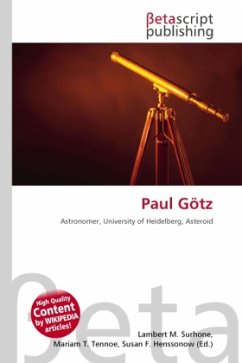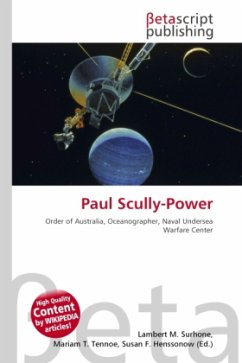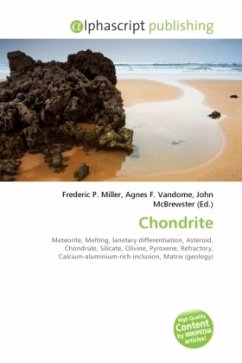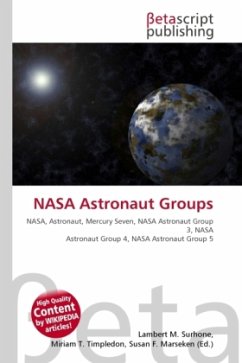High Quality Content by WIKIPEDIA articles! He did his Ph.D. dissertation in 1907 at the Landessternwarte Heidelberg-Königstuhl (Königstuhl Observatory, near Heidelberg) at the University of Heidelberg. At the time, the observatory at Heidelberg was a center for asteroid discovery under the direction of Max Wolf, and several past and future fellow Ph.D.s (Raymond Smith Dugan, Joseph Helffrich, Franz Kaiser, Karl Reinmuth, Emil Ernst, Alfred Bohrmann) made a number of asteroid discoveries. Thus the asteroid discoveries by "P. Gotz" at Heidelberg in this time frame are undoubtedly identified with the Paul Götz who got his Ph.D. in 1907. The asteroid 2278 Götz is named after him. It is not clear if this is the same person as the "F. W. Paul Götz" of Switzerland who wrote an influential paper in 1931 on the Umkehr effect in measuring the ozone layer of the Earth's atmosphere. Starting in 1926, he used Dobson spectrophotometers at Arosa in Switzerland to locate the ozone layer and measure its thickness.








